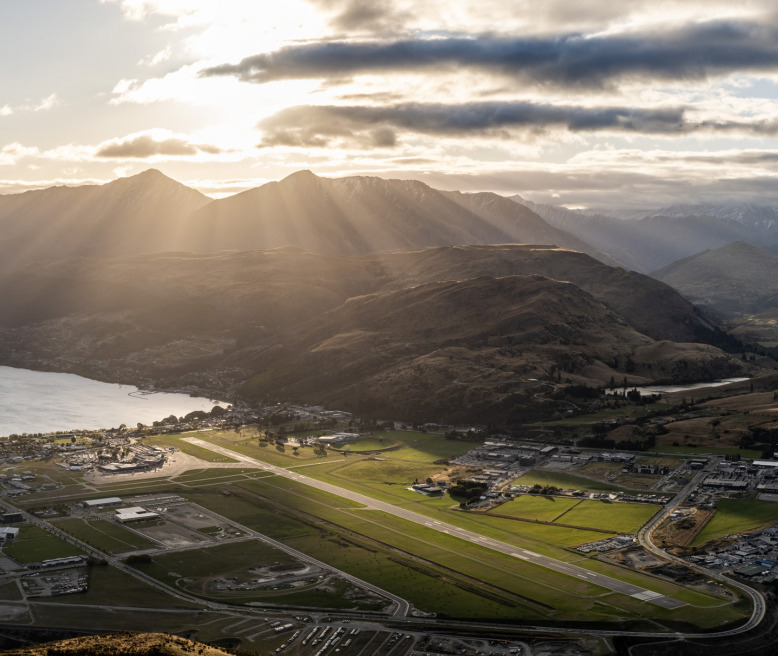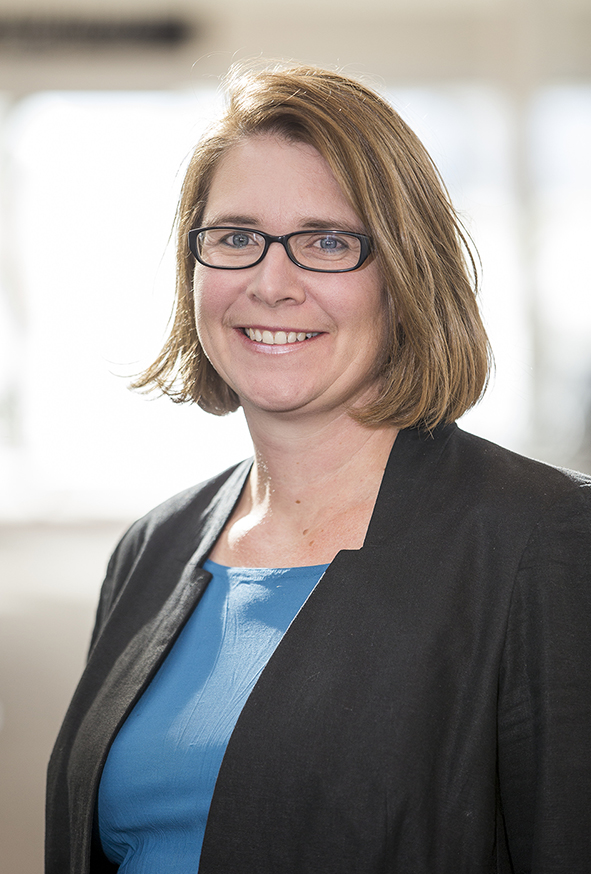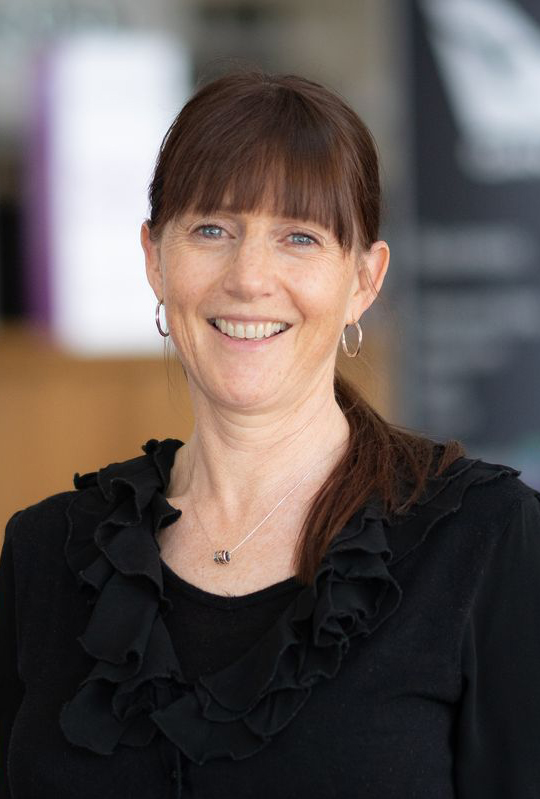

No one was more satisfied to see the plan finished than the woman who led its development – General Manager Property Planning Rachel Tregidga.
“It was quite a journey, but I’m really proud of the result and the confidence it gives us to move ahead.”
Rachel joined the Queenstown Airport team in 2015, bringing a wealth of experience in property and planning to her role.
At that time, tourism in this region was booming, demand for air travel was strong, and it was evident long-term planning was needed. A draft Master Plan that proposed expanding the airport’s noise boundaries to enable increased capacity was put to the community and firmly rejected.
“We listened and didn’t proceed any further with the proposal,” Rachel says.
Then the COVID-19 pandemic struck, and no-one could fly in or out of Queenstown for months.
“That made it crystal-clear what an essential role Queenstown Airport plays in connecting the communities of the Southern Lakes region with the rest of the world, and in supporting our social and economic wellbeing.”
When travel resumed, Queenstown Airport – headed by a new chief executive, Glen Sowry – took a fresh look at long-term planning for the airport. A 10-year Strategic Plan established a vision to be an innovative airport that people love to travel through, and that the community takes pride in.
With that aspiration in mind, Rachel directed the development of a Master Plan that prioritises improvements to safety, operational efficiency, sustainability, resilience, and customer experience, while enabling modest, incremental growth in passenger numbers. It also protects space to enable and support the decarbonisation of aviation as new technologies, such as electric and hydrogen aircraft, emerge.
The Master Plan is not merely a guide for infrastructure development; it is an exercise in balancing progress with protecting what makes Queenstown Airport unique. It must meet the needs of this region’s communities, as well as a wide range of airport users and other stakeholders, far into the future.
Rachel relished the complexity of the task.
“What I really enjoy is that long-term thinking, working through a whole series of challenges, and balancing competing needs.”
She is confident the plan is appropriate, achievable and affordable, and looks forward to seeing it come to life.

It is now in the hands of Queenstown Airport’s Head of Infrastructure Delivery, Jo Learmonth, who is leading a substantial programme of work to test the assumptions behind the Master Plan and to create detailed development plans for the airfield, the terminal, the landside spaces around the terminal, and services and utilities.
International consulting firm Aurecon has been commissioned to help deliver those plans, which is expected to take about six months.
“These development plans are the link between the vision we have for the airport and the delivery of new infrastructure,” Jo says.
The next step after that is building investment cases for the various projects and establishing the staging of the capital works.
“We are preparing for the biggest decade of infrastructure delivery the airport has ever undertaken, and we need to ensure everything is the right size and scale,” Jo says.
“It’s going to take input from a lot people, including the users of the airport. There will be plenty of opportunity for stakeholder input and consultation.”
Meanwhile, people should get used to seeing workers in high-vis wandering around the airport, pointing at things, as they start to bring the Master Plan to life.

